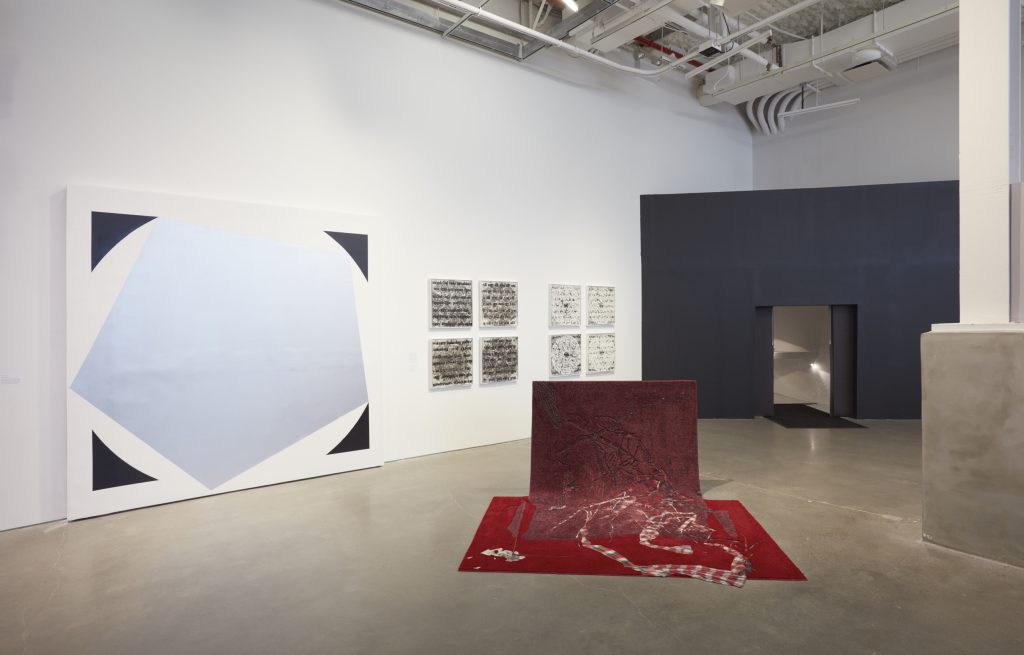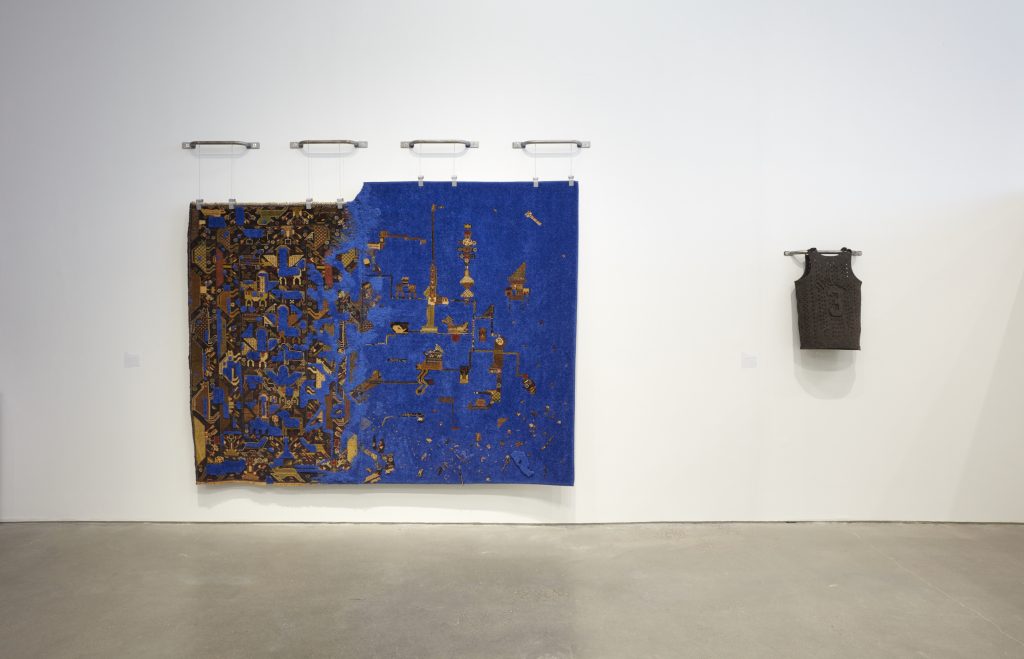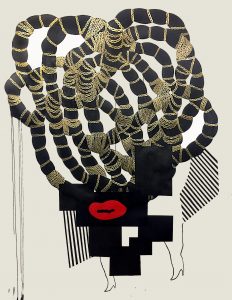BRIC’s Refreshed Efforts Under President Kristina Newman-Scott
Adding a new voices incubator and so much more to an extensive, free cultural programming unit

For over 40 years, BRIC has educated and entertained the residents of Brooklyn. An established visual, performing and media organization in Fort Greene, its wings include a contemporary art space, professional theater, TV channel, movie studio, short film network, radio and podcast studio. Last year, its slate of programming reached some 300,000 people around the borough—and 85% of those people attended for free. The statistics: 54% of BRIC’s audience identifies as POC, as does 60% of the staff. All the while, there’s a deep commitment to incubating and presenting local artists. The beloved, thoughtful organization has never wavered in their commitments, but last year’s leadership addition will impact staff and audience in the best way possible.
Born and raised in Kingston, Jamaica, BRIC’s first-ever woman of color president, Kristina Newman-Scott, has spent the last year bringing new critical thought to the organization. Newman-Scott’s diverse professional experience only emphasizes her value. From Kingston, she moved to Connecticut in 2005. Her early career as an artist turned into a position supporting the arts in the state. She’d work for Real Art Ways in Hartford, then commute to the Boston Center for the Arts as its Director of Programs, and ultimately become the Director of Culture for the State of Connecticut. This last position coincided with her 2015 TEDx Talk. Throughout her progression, Newman-Scott implemented art project diversity and even initiated the first strategic planning process to use a human-centered design methodology in Connecticut. Today, BRIC receives the benefits of this arc.

“In the last five years, BRIC has been through extraordinary growth and we are poised to continue on this exciting trajectory,” Newman-Scott explains to CH. “However, this was my first year at BRIC so coming in with fresh eyes, it felt like a good opportunity for us to reflect on our work and history, as you won’t know where you are going if you don’t know where you are coming from.”

Newman-Scott immediately began to ask, “Why are we programming what we program? Are our programs relevant? Are we missing anything or anyone? What can we do better?” These questions grew into a program. “In May, we started a strategic visioning/planning process aimed to answer these questions by reexamining our mission, vision, and values. While we haven’t gone public with the language yet, we are excited to have a new framework that focuses on the ‘why’ and not the ‘what’ in our work. It is not a total reinvention of who we are, rather, it re-articulates our guiding principles and breathes new life into our future.”

The redeveloped mission language aims to target the cultural needs of the community today. “BRIC was established in 1979—long before Brooklyn was a brand,” Newman-Scott says. “Our flagship program was the BRIC Celebrate Brooklyn! Festival which was created to bring people back to Prospect Park when it was not a desirable or safe place to be. Since then we have added community media and contemporary art programming to our slate, both of which highlight Brooklyn-based artists and media-makers. So needless to say, we have deep roots in the community.”

“Brooklyn’s artists have always been leaders and the engine for social change and we continue to champion their voices as we power Brooklyn’s creative future,” she continues. “Whether it is a large stage in Prospect Park, the walls of our gallery at BRIC House, or our community access television channels, we provide multiple platforms for the creative voices of Brooklyn to be heard.” Further, she notes that their curatorial approach “has always been one that leads with curiosity and prioritizing diverse perspectives, as such our programming reflects that.”

In addition to the roster of activities and opportunities to amplify underrepresented voices, Newman-Scott sees one crucial responsibility BRIC must deliver: “create a space where all people feel welcome, inspired and connected—not only to their community, but to the power and potential of the arts,” she says. As for additional desires, she personally hopes “that we’ll make some awesome talent discoveries, we’ll continue to nurture artists the way that we long have and look forward to seeing their success unfold in the future.”
BRIC’s updates and activations truly benefit Brooklyn, and they also act as a model for other organizations seeking to do the same. Emmy-winning BRIC TV recently announced their fall line-up and it includes original series, film and podcasts, all from their in-house production studio. These, through their non-profit cable and digital network, reach over five million NYC households. On site at BRIC House, visitors can catch the exhibit Beyond Geographies: Contemporary Art and Muslim Experience through 17 November. And today, BRIC announced the first group of Colene Brown Art Prize winners. 10 NYC-based visual artists—aged 30 to 74—will each be awarded a $10,000 unrestricted grant. Remarkably, this is only some of what’s to come.
Hero image courtesy of Vikram Valluri/BFA.com












